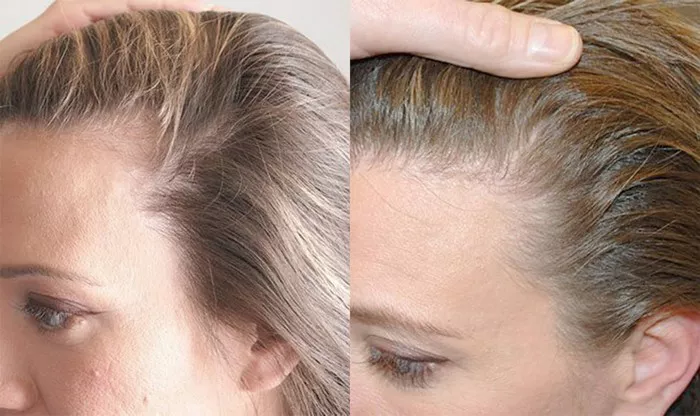Hair loss can be distressing, affecting self-esteem and confidence for many individuals. In the pursuit of regaining a fuller head of hair, hair transplant procedures have emerged as a popular solution. While hair transplants have shown remarkable success in numerous cases, it is essential to understand that they may not always deliver the desired outcome. This article aims to delve into the factors that influence the success of hair transplants and shed light on the chances of the procedure not yielding the expected results.
1. Quality of Donor Hair: The Bedrock of a Successful Transplant
The quality and quantity of donor hair serve as the foundation for a successful hair transplant. Donor hair is typically harvested from the back or sides of the scalp, which are known as the “safe donor areas.” These regions typically have hair follicles that are more resistant to the hormone dihydrotestosterone (DHT), which is responsible for male pattern baldness. However, if the donor hair is weak, fine, or insufficient, achieving satisfactory results becomes challenging.
2. Skill and Experience of the Surgeon: A Pivotal Factor
The expertise and experience of the surgeon performing the hair transplant can significantly influence the outcome. A skilled surgeon understands the nuances of hair restoration, such as the appropriate angle and direction of graft placement to create a natural-looking hairline. Opting for an experienced and qualified surgeon reduces the likelihood of complications and increases the chances of achieving the desired aesthetic results.
3. Type of Hair Loss: Tailoring Expectations to Reality
Hair transplants are most effective for individuals with androgenetic alopecia, commonly known as male pattern baldness. For individuals with other types of hair loss, such as alopecia areata or scarring alopecia, the chances of a hair transplant yielding the desired results may be lower. It is crucial for patients to have a realistic understanding of what a hair transplant can achieve based on their specific type of hair loss.
4. Age of the Patient: Considering Long-Term Projections
The age of the patient at the time of the hair transplant is a significant factor to consider. Younger individuals experiencing early hair loss may have progressive hair loss over time. While the transplant may be successful initially, the continued thinning of non-transplanted hair can lead to an uneven appearance as they age. Surgeons often take long-term projections into account when planning a hair transplant for younger patients.
5. Health of the Scalp: The Canvas for Hair Growth
A healthy scalp is essential for the success of a hair transplant. The scalp’s health impacts the growth and survival of transplanted hair follicles. Pre-existing scalp conditions or poor blood circulation can hamper the growth of newly transplanted hair. Therefore, a thorough evaluation of the scalp’s health is conducted before proceeding with the procedure.
6. Post-Operative Care: Nurturing the Transplanted Hair
The post-operative period is critical for the success of a hair transplant. Patients must diligently follow the surgeon’s instructions regarding wound care, shampooing, and avoiding activities that may damage the grafts. Neglecting post-operative care can lead to complications or poor graft survival, ultimately affecting the overall outcome of the transplant.
7. Complications and Risks: The Unpredictable Element
Although rare, complications can arise during or after the hair transplant procedure. These may include infection, excessive bleeding, scarring, or graft failure. A skilled surgeon can minimize these risks, but the possibility of complications should always be considered.
Conclusion
Hair transplants can be transformative, offering renewed confidence and a sense of well-being to those struggling with hair loss. However, the chances of a hair transplant not working entirely depend on various factors, from the quality of donor hair and the surgeon’s skill to the type of hair loss and patient expectations. To maximize the likelihood of a successful hair transplant, individuals should choose a qualified and experienced surgeon, have realistic expectations, and adhere to post-operative care guidelines diligently. Consulting with a hair transplant specialist will provide valuable insights into the best course of action for individual cases, paving the way for a successful and satisfying hair restoration journey.


